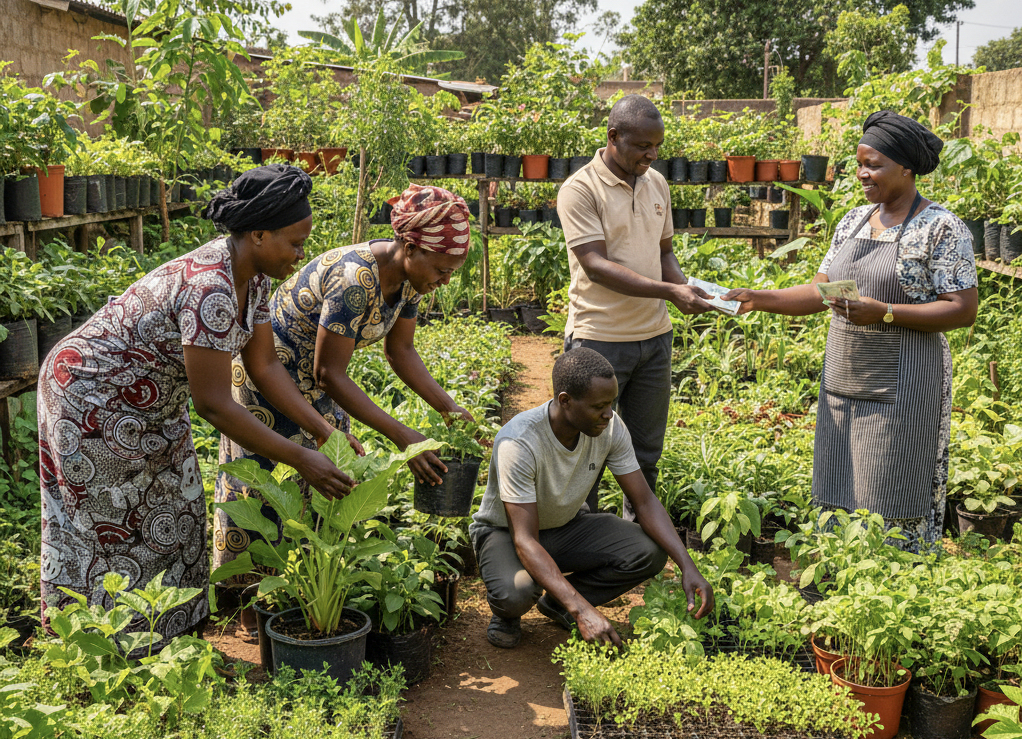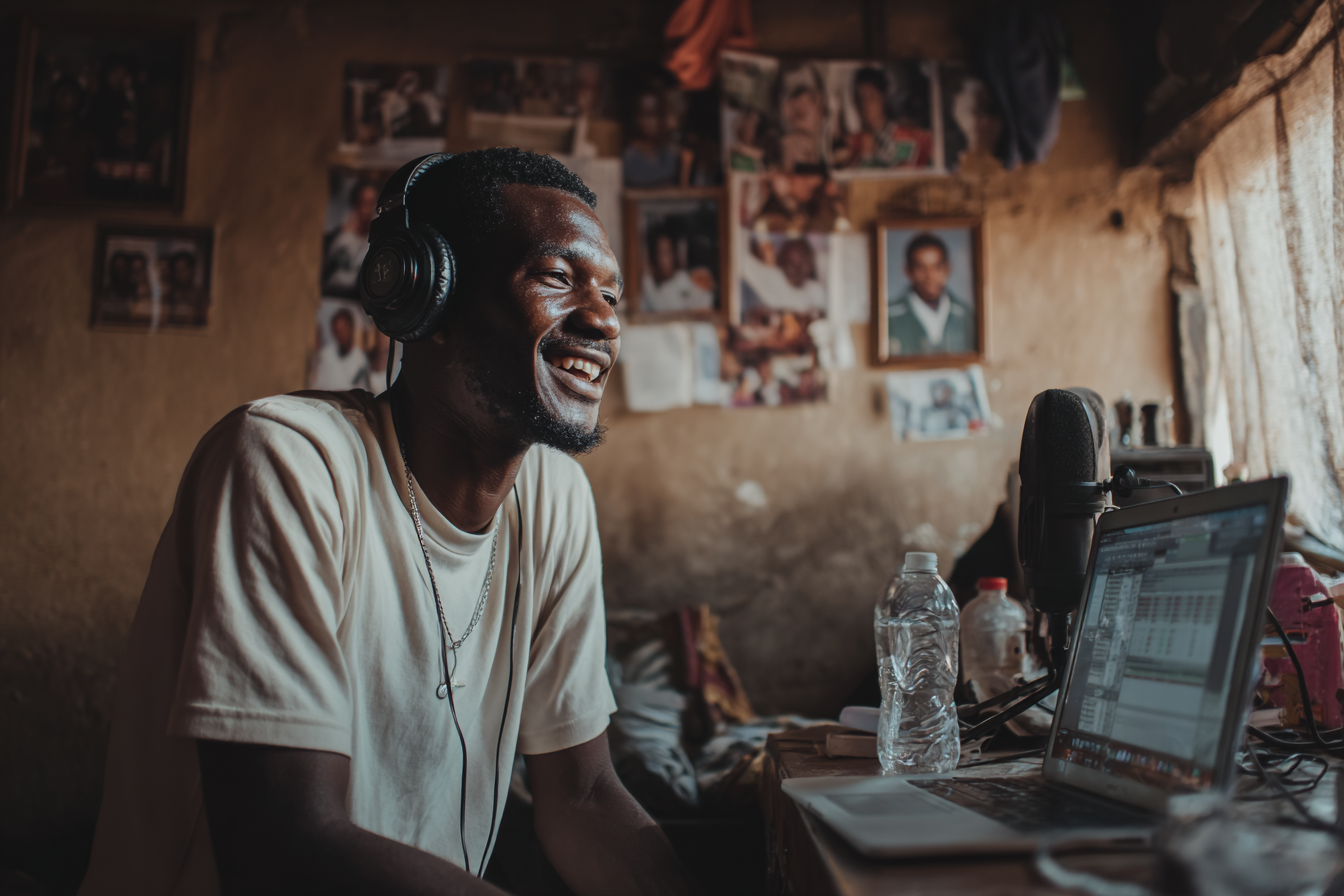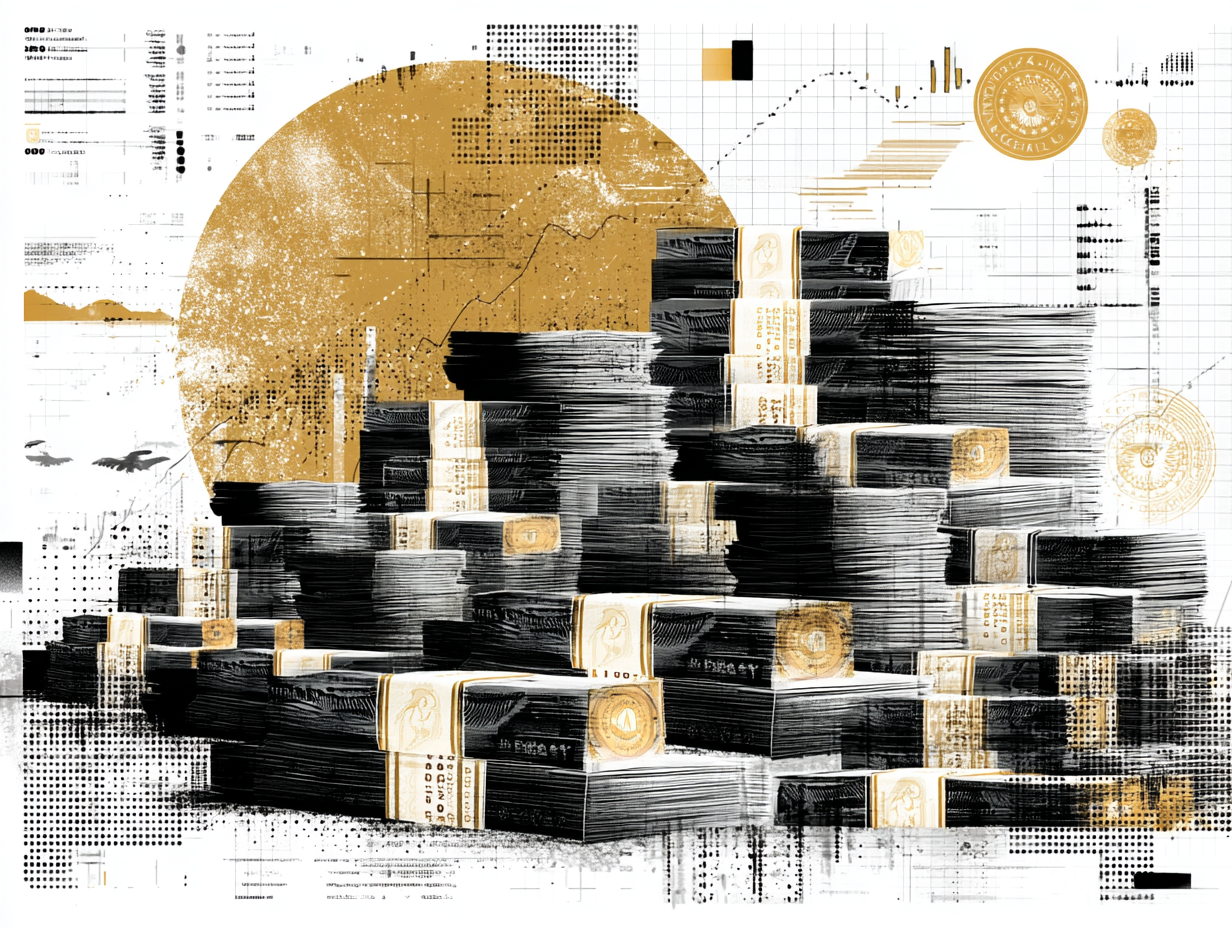As the global economic recession rages on, some African countries are grappling with a series of sovereign debt crises that need to be tackled aggressively.
The onset of the coronavirus pandemic has left the world at a crossroads as nations continue on a quest for solutions to the health and economic challenges facing the world.
Consequently, governments have been rendered vulnerable as millions of workers in both formal and informal sectors have been thrown out of jobs and national coffers have rapidly shrunk as large amounts of money have been spent on stimulus packages to assist citizens in need.
In Zambia, COVID-19 brought untold miseries as the country’s looming debt crisis cast a long global shadow. In October 2020, Zambia missed paying its coupon of US$42.5 million on its US$1 billion bonds due in 2024 despite a 30 day grace period for coupon payment which expired on 13 November last year. It has since missed a second bond payment of US$56.1 million on January 30 2021.
Recently, bondholders turned down Zambia’s plea to suspend interest on debt payments on US$3 billion of dollar bonds, thereby placing it in an uncertain predicament.
Arguably, before COVID-19 came on the international scene, Zambia has in the past 10 years been experiencing weakening macroeconomic conditions due to the falling real GDP growth rate, a depreciating kwacha and rising inflation.
Against this backdrop, on 17 December 2020, President Edgar Lungu launched the Economic Recovery Programme (2020-2023) which gives the state leverage to utilise mineral resources to benefit the country beyond taxes.
“The launch of the programme signifies my government’s commitment to ensuring the economy is back onto a path that will lead to improving the livelihood of our people. This is an auspicious occasion that should bring hope to our peopleand signifies our commitment to reinvigorate the economy,” President Lungu said during the launch of the Economic Recovery Plan (ERP) under the theme ‘Restoring Growth and Safeguarding Livelihoods through Macroeconomic Stability, Economic Diversification and Debt Sustainability.’
The head of state noted that the programme is a blueprint that offers a clear road map of strategic policy actions and enablers required to revive the economy and place it on a path of sustainable growth and development in the medium term.
Therefore, the government’s policy response to the COVID-19 pandemic has included monetary and fiscal measures. Some of the measures contained in the ERP include the provision of financing by the treasury to fight COVID-19, a K10 billion medium term refinancing facility by the Bank of Zambia to ensure availability of cheaper credit to businesses and issuance of a K8 billion COVID-19 bond as a stimulus package to enhance economic activity.
The private sector welcomed government’s move to provide a stimulus package to enhance economic activity among local businesses but expressed displeasure that the lending criteria by banks has rigid terms and conditions.
“We would love to see that this endeavour is done in such a way that Zambians who are small and medium enterprises get this money to help grow their businesses and develop a more stable private sector but to the contrary, local SMEs lack collateral to access bank loans,” Private Sector Development Association Chairperson Yusuf Dodia told Nkwazi.
According to trade experts, only about 20 companies in Zambia produce 80 percent of the country’s export earnings which accounts for 15 percent of the national GDP.
Recently, government engaged the International Monitory Fund (from 11 February 2021 – 3 March 2021) after years of strained relations and the Edgar Lungu-led administration hopes to work with the global financial enders to get its debt under control .”Even in the IMF dialogue we are going through, you will find that the advice given will be to support foreign investment but this will be at the expense of local SMEs.
We want Zambian private sector led organisations to be supported because these businesses will easily stabilise and grow the local economy in the long run.”

As Zambia navigates through its debt crisis with an economic recovery plan as an instrument to stabilise the economy after a default on the Eurobond, the country is working to increase its control over the mining sector. With copper prices rebounding on the international market currently trading at over US$ 9,000 per tonne, the mining industry in Zambia expects to export around 1.5 million tonnes in the course of this year.
Dodia stressed that government is expected to ensure that export earnings come into the economy rather than sit in offshore accounts so that a revenue base of approximately US$13 billion which is US$1 billion per month will see the local economy transform rapidly and the ERP will be a success. Renowned Lusaka-based economist.
Maambo Haamaundu contends that lack of a political will with regard to developmental initiatives has derailed Zambia’s economic recovery over the years. Haamaundu cited the failed implementation of a cashew nut production and processing project and the abandoned plans for a cattle ranching project in Western Province as examples of lack of commitment to implementing the development agenda.
“Lack of follow through has negatively affected our economic progress. If you look at government’s intention to implement austerity measures and other viable programmes initiated in the past, they have unfortunately not been adhered to and we end up reaching nowhere,” Haamaundu said. It is projected that through the ERP, Zambia will aim for a real economic growth of more than 3 percent by 2022. It also aims to cut the fiscal deficit to 9 percent of GDP in 2021, 6.1 percent in 2022 and 4.9 percent in 2023.








